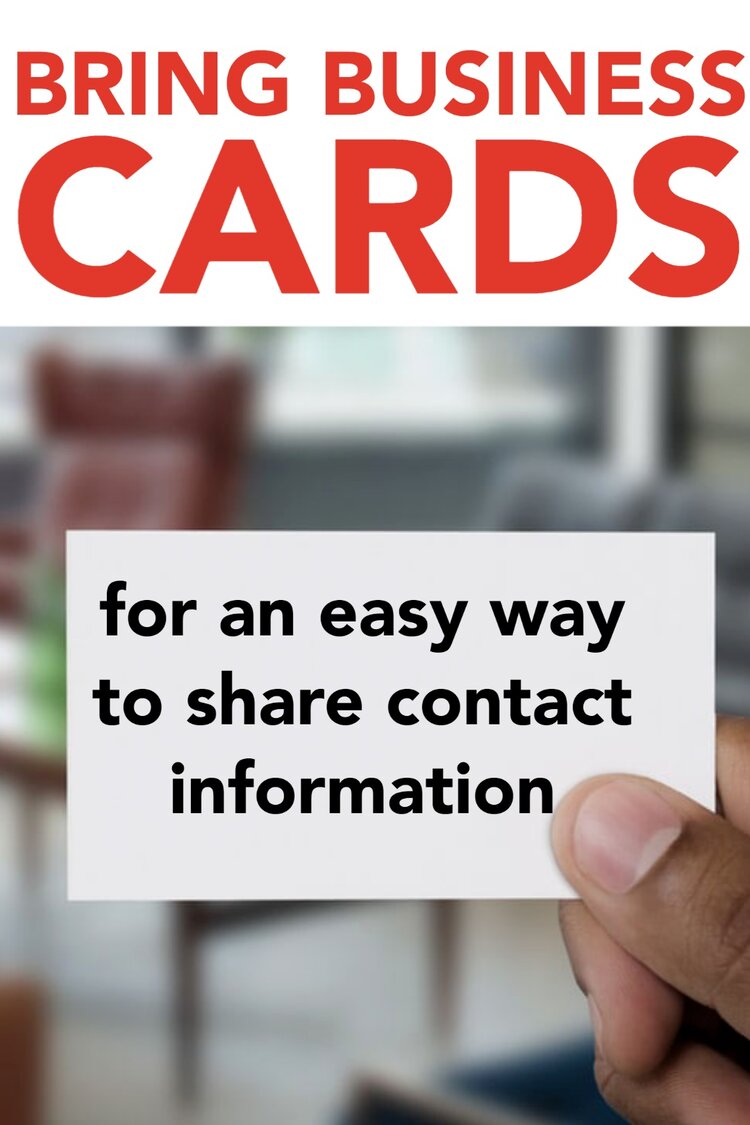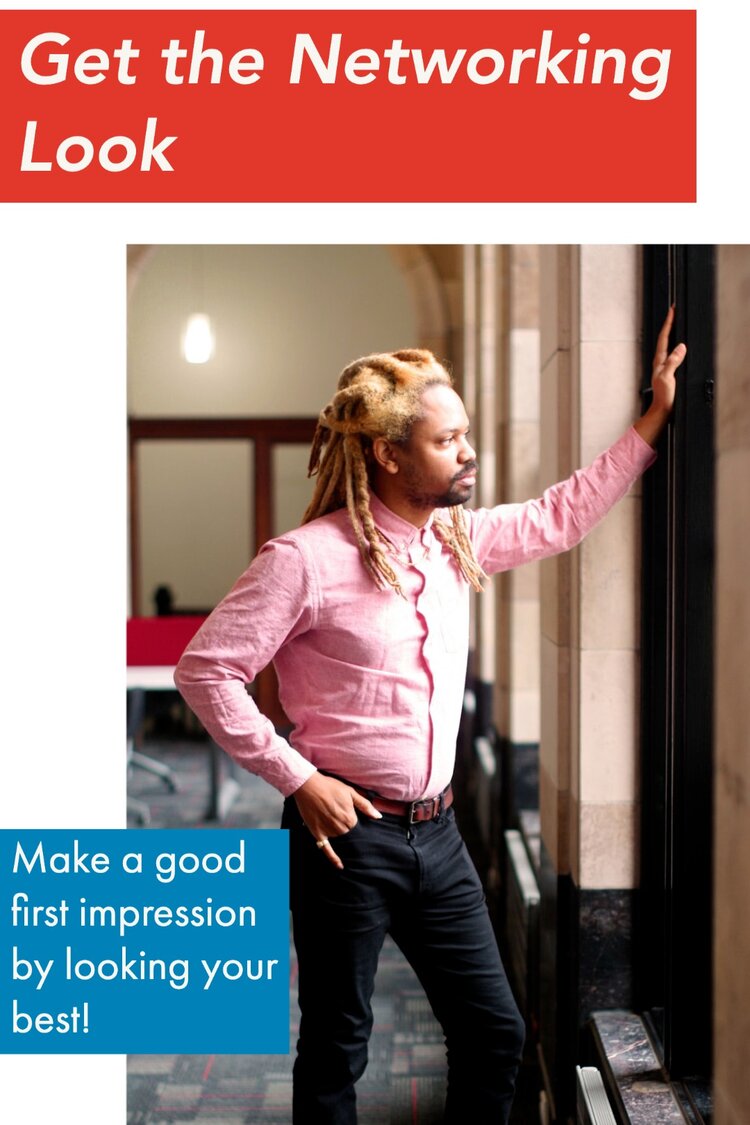Networking: 29 Tips to Leap Into Your Career

It’s February in Chicago, and that means snow flurries and freezing temperatures. But even though summer feels very far away, summer internship season is quickly approaching. Now’s the time to start writing resumes, looking for networking opportunities, and preparing to apply. That’s why we’re sharing a new tip every day this month on our Instagram Stories and recapping them here every week — so our Scholars have all the information they need to land their dream internships this summer. AND because there’s an extra day in February this year, that means there will be an extra tip to help our Scholars leap into their career. Here’s Part 2 in our 29 Tips to Leap into Your Career.
Part 2: Network Like a Pro
8. ATTEND NETWORKING EVENTS
Networking helps you meet potential colleagues, mentors, employers, and friends. Beyond that it can help you keep up with latest trends in your industry and gain access to resources for professional development.
Are you interested in networking but don’t know where to start? Many universities and colleges organize regular networking events for alumni. You may also be able to access networking and professional development opportunities based on goal, industry, or by affinity/identity groups. For example, here is a list of Chicago’s LGBTQ+ professional networks.
9. BRING BUSINESS CARDS

Even in the age of e-portfolio’s and LinkedIn, many networkers still find the value in having an easy way to share contact information. Giving potential employers something to physically hang onto is a great way to make sure that they will remember you after the event.
If you are still in college and do not have a business card, you can use free online resources like Canva and Avery to access free templates. Some college and university career centers also offer cheap or free ways to make business cards.
However, please don’t feel like you have to pass out your card to everyone you meet. Only do so when you feel you have connected with someone and that it could be a mutually beneficial relationship
10. KNOW WHO IS IN THE ROOM
Often networking events will distribute a list of speakers (especially if there is a panel discussion) and organizations represented. Before attending the event, do some research into the organization and representatives using LinkedIn and their organization’s websites. Have an idea of the questions you may ask, or the achievements you would want to present in a conversation. Being strategic will help you manage your time and increase chances of you being remembered among the crowd.
11. THE ELEVATOR PITCH
Have an elevator pitch prepared, but only use it if you are asked a broad question like “So tell me about yourself?” Craft a statement that is informative, but also conversational. Be authentic and professional and stray away from language that comes off as a sales-pitch.
According to BusinessTown “only 2 percent of all sales occur in the first meeting. So your goal in the first meeting or the first contact is to get the second meeting. That’s the purpose of the elevator pitch, to generate enough interest that they say ‘tell me more, let’s set up another time to meet.’”
12. THE NETWORKING MINDSET
The key to networking is to focus on relationship-building. Your goal is to start a conversation and present yourself as someone who your potential employer would like to work with. Win people over with your enthusiasm and passion for the industry or company. Genuine excitement and passion can be contagious and memorable. Here are some other helpful tips.
-
Ground yourself in your purpose: Why are you attending this event? What do you hope to gain?
-
Treat it as a conversation: Be a conversationalist, not a talker. Eye contact, active and thoughtful listening, and repeating the person’s name are all just as important as promoting yourself and your accomplishments.
13. THE NETWORKING LOOK

Within the first seven seconds of meeting, people will have a solid impression of who you are — and some research suggests a tenth of a second is all it takes to determine traits like trustworthiness. One of the first steps to making sure you make a good first impression is to dress and groom appropriately.
Remember – everyone at a networking event is a potential colleague, supervisor, or friend. You want to make an impression that is going to stick for the right reason. It’s important to dress professional and appropriately for the event. For example, if you are attending a networking happy hour, consider dressing business casual rather than in a suit which could appear too stuffy for the occasion.
Ultimately, it’s important to dress in a way that makes you look and feel at the top of your game. Pick an outfit that’s professional, comfortable, and makes you feel like your best self.
14. TAKE NOTES
Networking can be daunting when there are so many people to meet and keep track of. Taking thoughtful notes will help you keep track of each conversation you have. It also demonstrates to the potential employer that you are engaged and actively listening. It will also provide you will useful information when you follow-up after the event. Here are more useful tips to ensure you are taking effective notes:
-
Wear something with pockets or bring a small bag so that you can conveniently carry a couple of pens and a small notebook with you.
-
If/when you exchange business cards, you should jot down a couple of notes about what was most compelling in the conversation and any shared interests that came up.
15. CONTINUE THE CONVERSATION
Networking is where the conversation begins. It’s up to you to continue it. If you’ve had a great conversation, make sure to get that person’s business card or contact information. If you’ve taken good notes, you will have something to reference from your conversation when you reach out. It’s best to get in touch within 48 hours of the event so the person knows you’re active and interested.
When following up, keep it brief and clearly state what your intentions are:
-
Do you want to continue the conversation over a scheduled call or lunch meeting?
-
Would you like to stay in touch and meet each other again in the distant future?
-
What is your call to action?
We hope you found these tips helpful. Come back for Part 3: Interviewing next week!